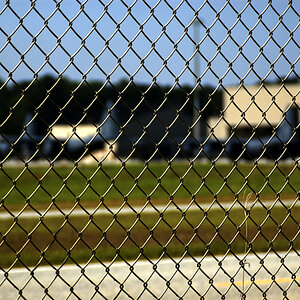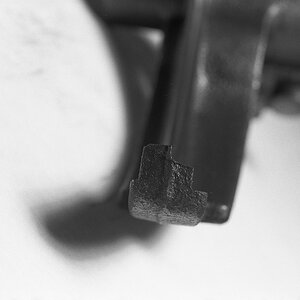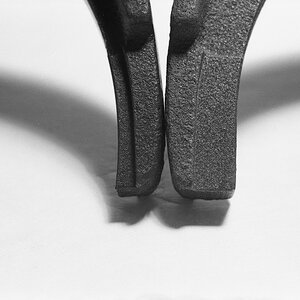Derrel
Mr. Rain Cloud
- Joined
- Jul 23, 2009
- Messages
- 48,225
- Reaction score
- 18,941
- Location
- USA
- Website
- www.pbase.com
- Can others edit my Photos
- Photos OK to edit
Well...using a 150-600mm zoom lens is probably not the best strategy for a beginning landscape shooter, at least in small areas like city parks. It will force you to be quite far away from your scene, and the "bottom end" being a narrow-angle 150mm foca length puts a lot of equipment-dictated direction onto the photos you can make. Meaning, with a shortest length of 150mm, if you need to move back "a bit", then "a bit" might very well mean 100 feet, or 150 feet back, perhaps more.
Also, everything that lens sees is a flattened image, with the background magnified and "squished" to a high degree. You're also using a long, heavy, awkward lens, and that means it will take tremendous discipline to move around to find the exact, right camera position that the lens forces onto the shot.
This would be a better lens for longer-distance "scenic" type landscape shots, such as at the ocean shore, in the mountains, or when shooting more distant shots. A city park is a fairly confined space for a 150-600mm zoom lens and its angles of view. Can it be used successfully? Yes, I think so, but keep in mind that it has a very,very narrow angle of view, so the camera placement must be very precisely chosen at such a close distance!
You are basically using a most-unusual tool for the job. Kind of like a big, industrial nail gun to drive a couple of carpet tacks...
Also, everything that lens sees is a flattened image, with the background magnified and "squished" to a high degree. You're also using a long, heavy, awkward lens, and that means it will take tremendous discipline to move around to find the exact, right camera position that the lens forces onto the shot.
This would be a better lens for longer-distance "scenic" type landscape shots, such as at the ocean shore, in the mountains, or when shooting more distant shots. A city park is a fairly confined space for a 150-600mm zoom lens and its angles of view. Can it be used successfully? Yes, I think so, but keep in mind that it has a very,very narrow angle of view, so the camera placement must be very precisely chosen at such a close distance!
You are basically using a most-unusual tool for the job. Kind of like a big, industrial nail gun to drive a couple of carpet tacks...


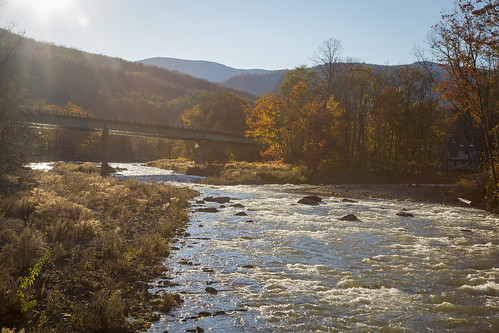 K52A0281
K52A0281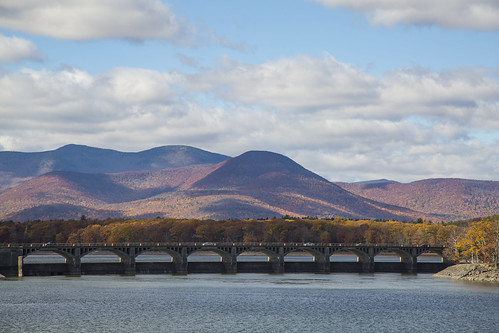 K52A0223
K52A0223
![[No title]](/data/xfmg/thumbnail/42/42034-6262420ff3ea238f05395bbcc7ae1f28.jpg?1619739985)
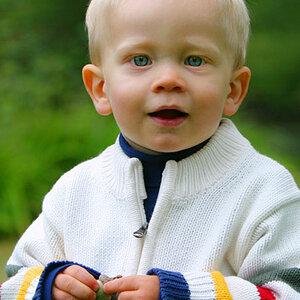
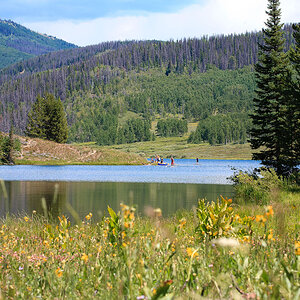
![[No title]](/data/xfmg/thumbnail/32/32160-4e45e524b050f1afae9fd21bf696d61b.jpg?1619735234)
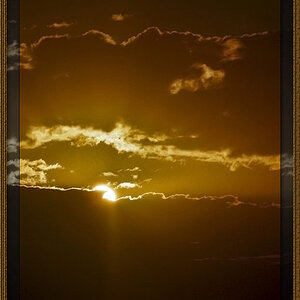
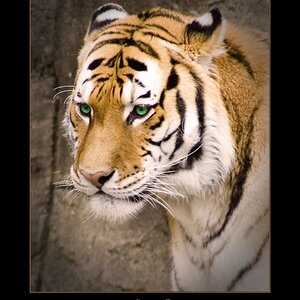
![[No title]](/data/xfmg/thumbnail/30/30886-4d4f2b370f36c175a23901cc8689aea4.jpg?1619734498)
![[No title]](/data/xfmg/thumbnail/32/32163-b5a5e5cde131a9d14df7f164ab9cb8ab.jpg?1619735234)
